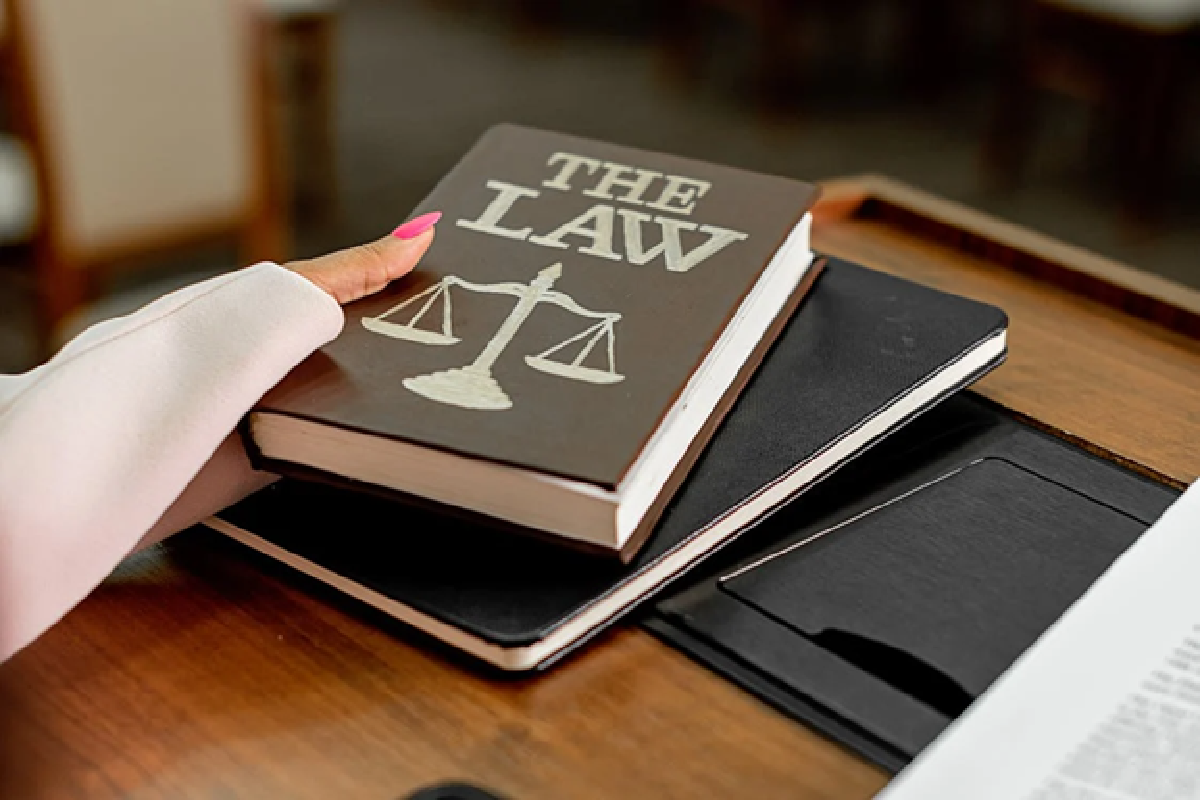Contents of this Post
ToggleWant to build a bulletproof personal injury case?
Forget what everyone tells you about needing the most expensive lawyer or the most dramatic accident story. The truth is much simpler than that.
It all comes down to evidence.
Here’s the thing…
Evidence is the only thing that matters in personal injury cases. Without it, your case is dead in the water. With rock-solid evidence? That’s when things get interesting.
What you’ll discover:
- Why Evidence Is Your Secret Weapon
- Essential Evidence Types That Win Cases
- Pro Evidence Collection Strategies
- Evidence Mistakes That Destroy Cases
- Getting Expert Help
Why Evidence Is Your Secret Weapon
Personal injury cases are getting tougher every year.
Insurance companies have figured out the game. They’ve got armies of lawyers whose only job is to find ways to deny claims or pay as little as possible. They’re not playing fair, and they’re definitely not on your side.
Here’s what you’re up against:
The numbers don’t lie. 95% of personal injury cases are resolved through settlements before they ever see the inside of a courtroom. That sounds good, right?
Wrong.
Insurance companies only offer fair settlements when they’re facing overwhelming evidence. Without solid evidence, they’ll lowball every single time.
For the cases that actually make it to trial? Plaintiffs win about 50% of the time. Those aren’t great odds if you’re not prepared.
But here’s where it gets interesting…
When you have an experienced personal injury lawyer from a law office that knows how to build a case with the right evidence, your chances of success go through the roof.
Pretty cool, right?
Essential Evidence Types That Win Cases
Not all evidence is created equal.
Some pieces of evidence can make or break your entire case. Others are just nice to have. Let’s break down what really matters when you’re building a strong personal injury claim.
Medical Records and Documentation
This is your golden ticket.
Your medical records tell the complete story of your injuries from day one. They show what happened to your body, how bad the damage was, and what kind of treatment you needed.
Here’s what most people get wrong:
They wait too long to see a doctor. Insurance companies absolutely love this mistake. They’ll argue that if you didn’t seek immediate medical attention, your injuries weren’t that serious.
Don’t give them that ammunition.
Get to a doctor or emergency room as soon as possible after your accident. Then follow up with all recommended treatment. Every appointment, every test, every prescription – it all becomes part of your evidence file.
It really is that simple.
Photographs and Video Evidence
A picture is worth a thousand words in settlement negotiations.
Photos of the accident scene, your injuries, and any property damage are incredibly powerful evidence. They show the jury exactly what happened and help them understand how serious your situation really is.
Here’s what to photograph:
- The accident scene from multiple angles
- Your injuries as they heal over time
- Any property damage
- Road conditions or hazards
Video evidence is even better. Security cameras, dash cams, cell phone videos – any footage of your accident is pure gold.
Witness Statements
Sometimes other people saw what happened.
Witness statements can provide an independent account of your accident that backs up your version of events. The best witnesses are people who don’t know you and have no reason to lie.
Get their contact information immediately. Don’t wait – witnesses disappear, memories fade, and people move on with their lives.
Police Reports and Official Documentation
Official reports add credibility to your case.
When police respond to an accident, they create a report that documents what they observed. This isn’t just a piece of paper – it’s an official record that can support your claim.
The same goes for incident reports from businesses, safety reports from workplaces, or any other official documentation related to your accident.
Pro Evidence Collection Strategies
Evidence collection starts the moment your accident happens.
Here’s your game plan:
Stay calm and think clearly. Easier said than done, but your actions in those first few minutes can make or break your case.
If you’re able to move and think clearly, start documenting everything. Take photos, get witness information, and call the police if appropriate.
Don’t forget these critical steps:
- Keep a detailed journal of your pain and daily struggles
- Save all medical bills and receipts
- Document missed work time
- Track insurance company conversations
Remember, you’re building a case that might take months or years to resolve.
Evidence Mistakes That Destroy Cases
Want to know what destroys personal injury cases?
These rookie mistakes that could have been easily avoided.
Waiting Too Long to Act
Evidence disappears fast.
Security footage gets erased. Witnesses forget details. Physical evidence at the scene gets cleaned up or moved. The longer you wait, the harder it becomes to build a strong case.
Posting on Social Media
This one’s a killer.
Insurance companies scour your social media looking for anything they can use against you. That photo of you smiling at your kid’s birthday party? They’ll argue you’re not really in pain.
Keep your personal life private while your case is pending. It’s not worth the risk.
Not Following Medical Advice
If your doctor tells you to rest, then rest. If they recommend physical therapy, go to every appointment.
Insurance companies love to argue that you made your injuries worse by not following medical advice. Don’t hand them that victory.
Talking to Insurance Companies Without Legal Help
Insurance adjusters are trained professionals whose job is to save their company money.
They know exactly what questions to ask to get you to say something that hurts your case. They might seem friendly and helpful, but they’re not on your side.
Getting Expert Help
Building a strong personal injury case isn’t a DIY project.
You need experienced professionals who know what evidence matters, how to gather it properly, and how to present it in a way that maximizes your compensation.
The right legal team will:
- Investigate your accident thoroughly
- Work with medical experts
- Handle insurance communications
- Build a compelling case
They’ll know which evidence matters most for your case type. Slip and fall cases need different evidence than car accidents or medical malpractice claims.
Evidence Collection Checklist
Don’t leave anything to chance.
Use this checklist to make sure you’re gathering all the evidence you need:
Immediate Evidence (Collect Right Away):
- Photos of the scene and your injuries
- Witness contact information
- Police report number
- Medical records from emergency treatment
Ongoing Evidence (Collect Over Time):
- All medical records and bills
- Documentation of missed work
- Pain journal entries
- Follow-up photos of healing injuries
Expert Evidence (Your Lawyer Will Handle):
- Accident reconstruction reports
- Medical expert opinions
- Economic damage calculations
- Professional witness testimony
Bringing It All Together
Evidence is the foundation of every successful personal injury case.
Without it, you’re just telling a story. With the right evidence, you’re presenting facts that insurance companies and juries can’t ignore.
The key is starting early, being thorough, and working with professionals who know what they’re doing. Your evidence tells the story of what happened and why you deserve compensation.
Don’t let a lack of evidence cost you compensation. Start gathering evidence immediately, avoid common mistakes, and get professional help to tell your story the right way.
Remember – in personal injury cases, the best evidence wins. Make sure yours is bulletproof.

